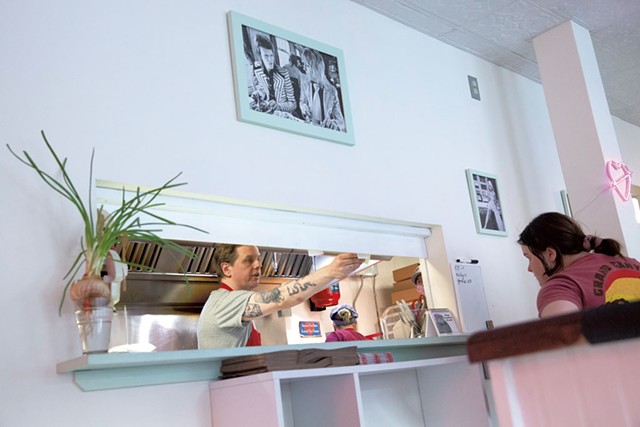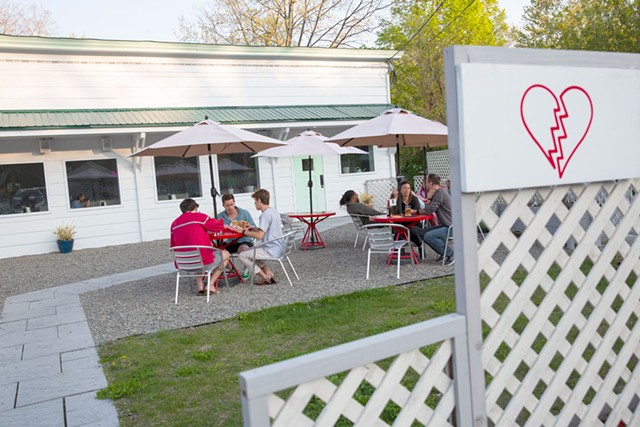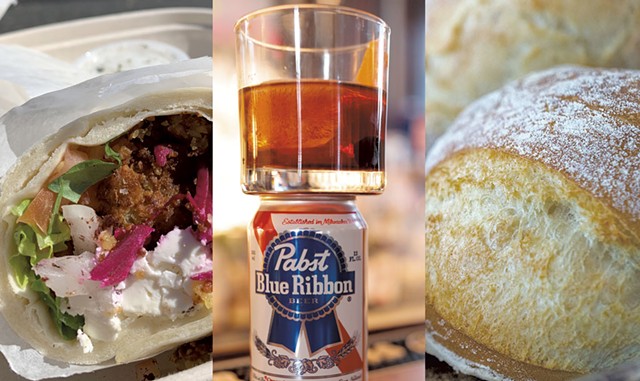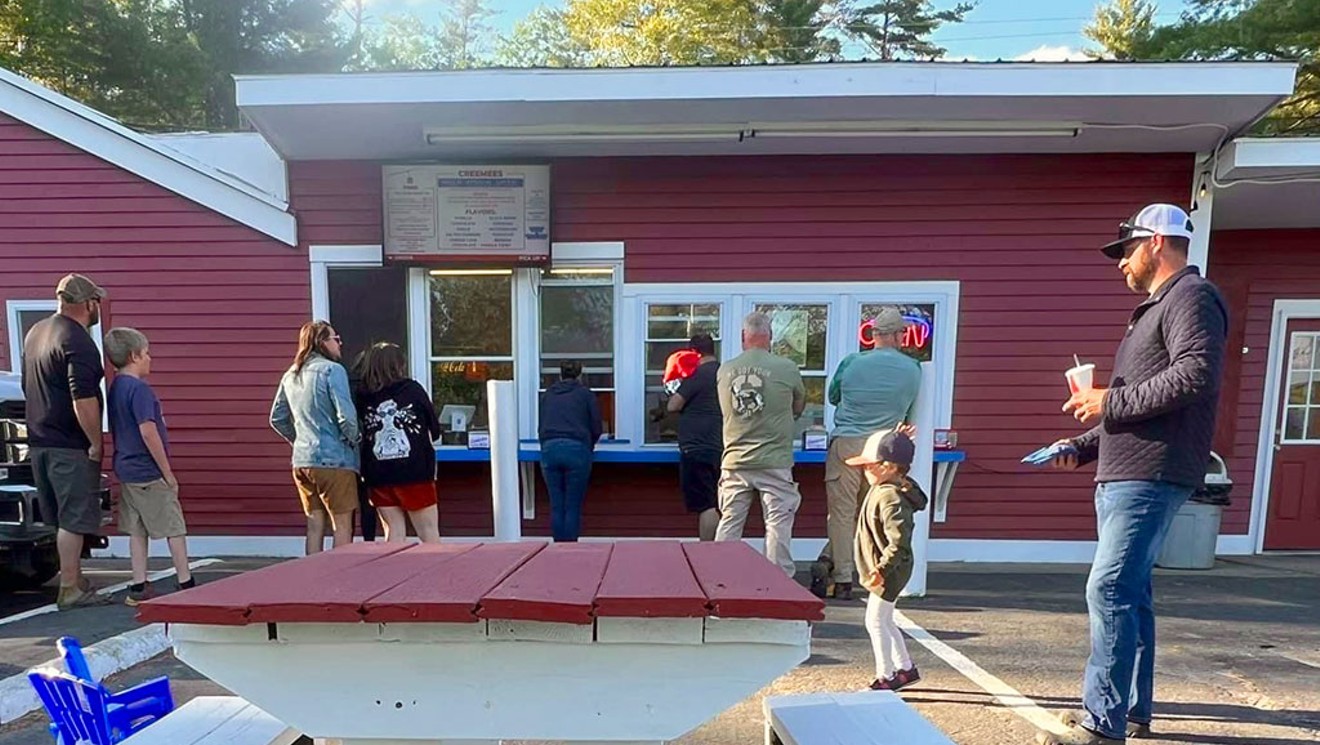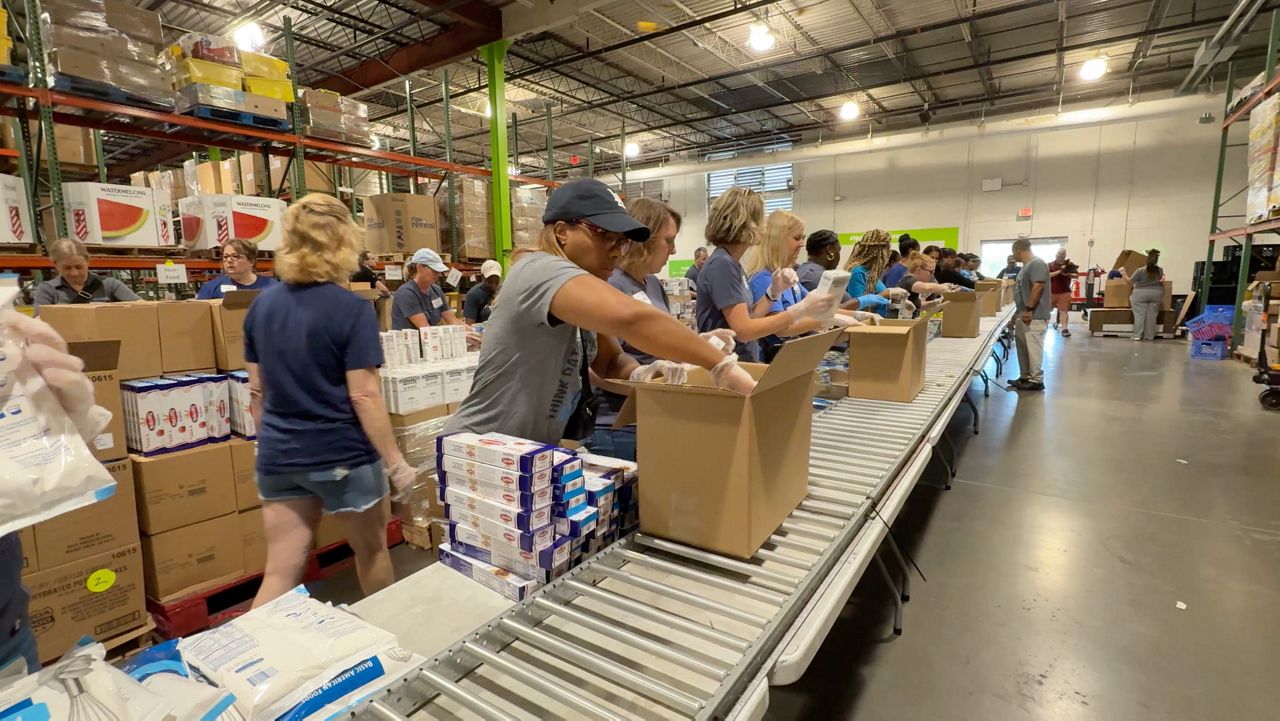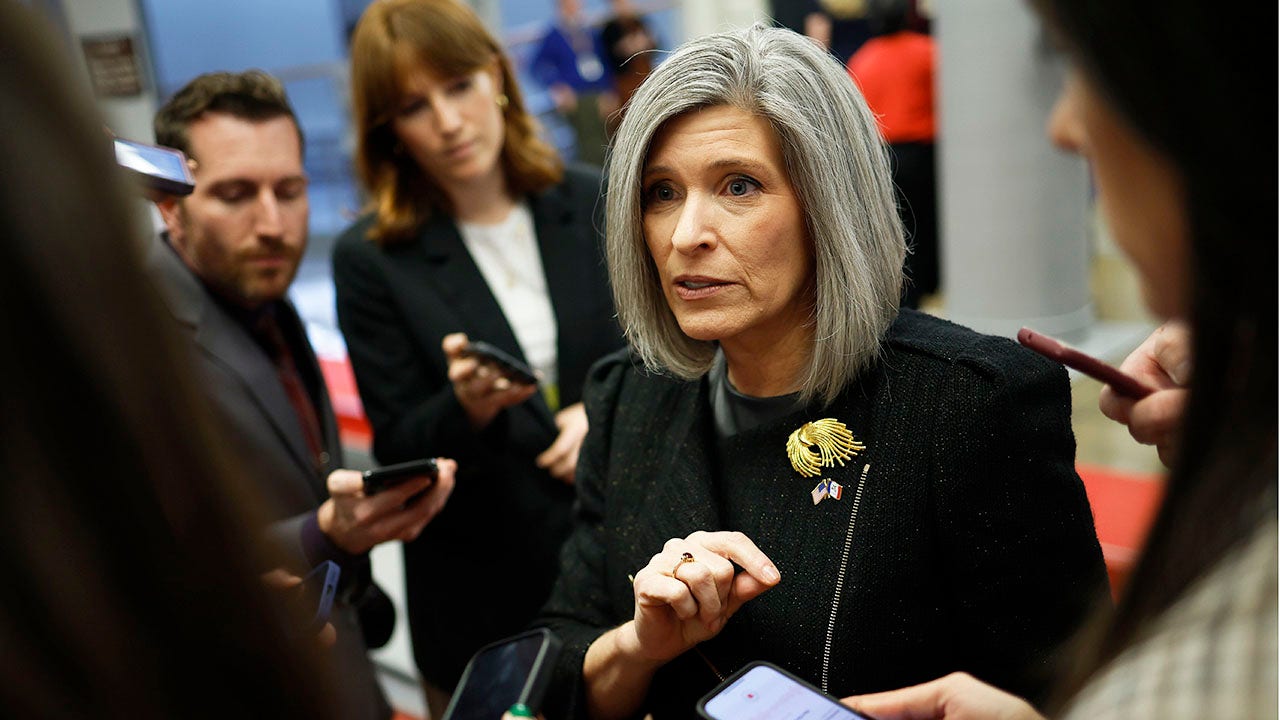Vermont
Broken Hearts Burger Updates the Classic Burger Joint in Fairlee
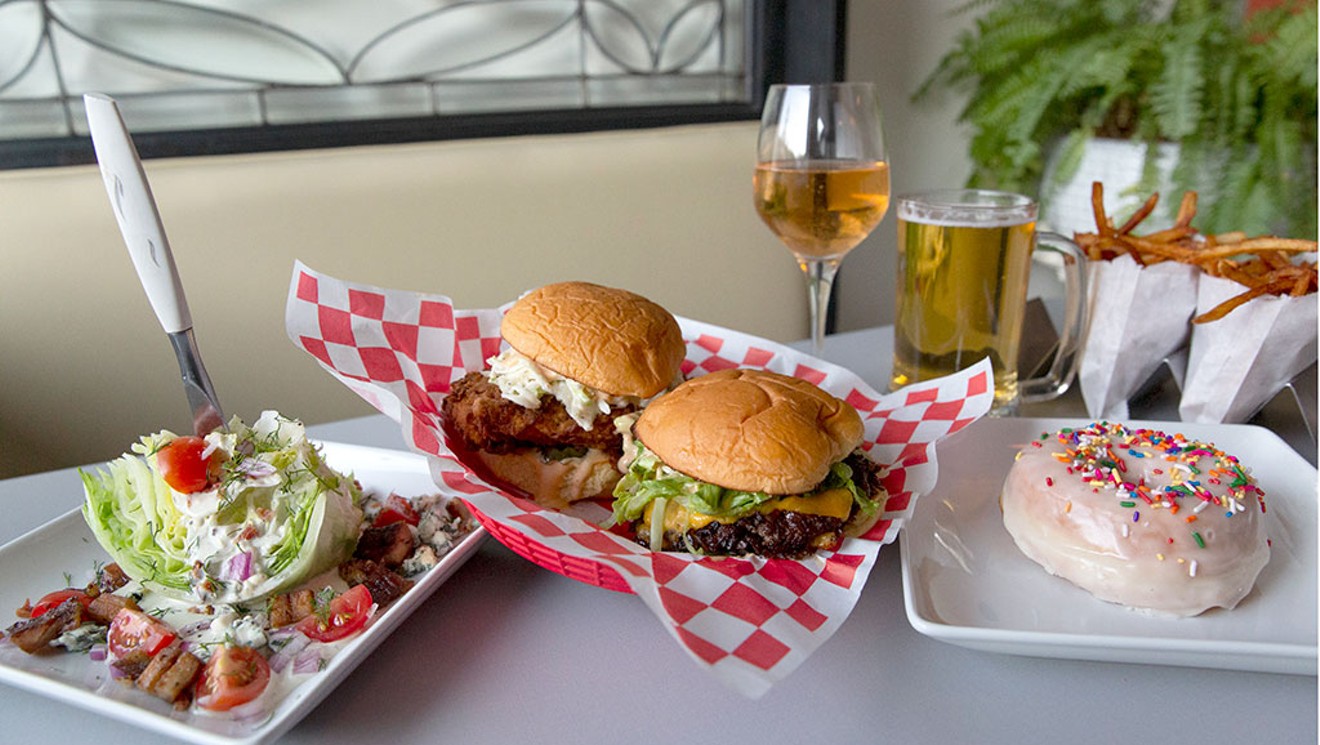
If I had to imagine the ultimate summer road trip meal, it would most likely include a doughnut, a loaded wedge salad, a big burger, crisp shoestring fries and a glass of orange wine.
After eating that exact meal — sprinkle-topped doughnut appetizer included — at Fairlee’s Broken Hearts Burger, I can attest that it works, especially following a two-hour drive.
Broken Hearts Burger is straight from the imagination of owner Matt Walker, 44, who returned to his Upper Valley hometown and opened the midcentury-inspired burger joint last May. From the menu to the décor to the vintage 200-play jukebox, everything nods to retro American fast-food restaurants and diners. If you look closely, though, you’ll see that Walker’s given the classic features a locally sourced update.
The top-selling Heartbreaker burger is a take on the classic double-double, with two smashed patties, cheese, fried onion, pickles, lettuce and Jump Back Sauce, the restaurant’s version of traditional ketchup-and-mayo-based comeback sauce. But behind that straightforward menu description is a lot of thought — and effort.
The two patties start with local beef, largely sourced from Boyden Farm in Cambridge and MontShire Farms across the river in New Hampshire. The blend, which is ground in-house every day, consists of 50 percent chuck, 25 percent short rib and 25 percent brisket. From there, one patty is prepared “Oklahoma-style,” Walker said, with onion smashed in. The onion cooks in the tallow as it renders out of the beef.
The Jump Back Sauce is also more complicated than it sounds: The Broken Hearts Burger team makes its Japanese-style mayo base in-house, then adds ketchup, garlic, onion, paprika and soy sauce powder.
“It’s just all the things I like,” Walker said of the menu. Those include a constantly rotating list of local draft beers and an extensive menu of natural wine, with several sparkling reds and skin-contact oranges at a time.
The thin shoestring fries also reflect Walker’s preference — and his research into American fast-food processes. The quarter-inch cuts are made in-house, then soaked overnight in a mixture of water and “just a little bit of sugar,” he explained. The next day, they’re par-fried and frozen — between 70 and 90 pounds per day during busy weeks.
“I read that that’s how McDonald’s ships their fries, and I started thinking about what that actually does to the fry,” Walker said.
After some experimentation, he realized the process creates an extra crisp, evenly colored exterior while keeping the fries pillowy soft inside.
“It’s a lot of work, though,” he said. “And most people won’t taste them and say, ‘Obviously, somebody spent 36 hours working on these fries.’ It’s more like, ‘This is just a really good French fry.’”
Despite his creation of the menu and his interest in food science, Walker never expected to be Broken Hearts Burger’s chef. His industry background is in cocktails, with years behind the bar at Nitehawk Cinema and the Richardson in Brooklyn, N.Y., and at Winooski’s Misery Loves Co. But Fairlee’s small year-round population made a chef tough to find, so he took the role by default.
The downside to being in the kitchen is that he has less time to interact with Broken Hearts Burger’s growing legion of regulars. While covering a recent serving shift, “I got to meet a bunch of people who love this place,” Walker said.
With two lakes, a river and sleepaway camps, Fairlee is a summer town with plenty of seasonal traffic. That made for a busy first season at the restaurant, but the team spent the winter concentrating on locals. Right now, Walker said, before the summer population boom, Broken Hearts Burger is already seeing sales numbers that match last year’s peak business.
Visiting in early May, I caught a glimpse of the restaurant’s summer glory. The sun was shining, and the retro red tables on the 1,800-square-foot front patio were full. In a few weeks, planters surrounding the outdoor dining space — tended by Walker’s mom — will be in full bloom.
“We try to create a nice little garden getaway,” Walker said. “We love our small-town Main Street, but we want people to be transported a little bit, to a different place or maybe back in time.”
In some ways, he said, summer in Fairlee itself feels like a step into the past. It’s a vibrant place, with young people roaming around Main Street “like in ’80s movies” or in his childhood memories of growing up in the tiny town.
Customers can order the full menu at Broken Hearts Burger’s walk-up window, including scratch-made creemees in flavors such as Thai tea and green tea. It wasn’t yet open when I stopped there, so I headed inside.
The nostalgic vibes are strong inside the restaurant, with a long, diner-style counter, pops of neon and a Close Encounters of the Third Kind-themed pinball machine. The jukebox pumps out tunes from Big Mama Thornton, Chuck Berry, the Byrds, David Bowie and Blondie.
The menu is simple: three burgers, including one veggie; fried chicken in sandwich, drumstick, tender and tender dog form; Glazier’s hot dogs in three styles; and sides of fries or coleslaw. There are options for gluten-free diners and vegetarians, but not yet for vegans, Walker said.
I sat in a booth and ordered a glass of a Chilean orange wine I love, Longavi Glup! Naranjo Moscatel Itata Valley ($12). My husband, whom I’d dragged on the road trip, chose a New England IPA collab ($8) from Burlington’s Foam Brewers and Maine’s Mast Landing Brewing. We settled on a wedge salad from the specials menu to start, followed by a Heartbreaker burger ($13) and a Nashville hot chicken sandwich ($12), with fries to share ($5).
The wedge ($14) had all the crunchy elements I expect: not just iceberg and crumbly bacon but also plentiful warm chunks of smoked pork belly, a fistful of herbs, tomatoes and dressing made with Jasper Hill Farm’s Bayley Hazen Blue cheese. When I chatted with Walker post-meal, I asked if the delightful salad might make its way onto the permanent menu.
“I don’t think it’s going away,” he said. “In a way, the specials are a proving ground for future menu items.” Thank goodness.
After we finished the wedge, I noticed that the pile of doughnuts displayed on the counter was dwindling. It was early evening, and while there might have been more stored in the back, I didn’t want to take the risk. When our server checked in on our drinks, I ordered one of each daily flavor: vanilla glazed with party sprinkles and black cherry glazed with pistachio. The fluffy, fresh yeast doughnuts hit the table right as our burger and chicken sandwich did, unintentionally adding up to my ideal meal — and what one friend called “a power move” when I later posted a photo on social media.
Eating the Heartbreaker and fries, I wasn’t yet privy to Walker’s intricate process for creating the latter. My husband (himself a thin-fry fan) remarked that they were “the good fries,” and when I ate the burger in its entirety without putting it down, he joked, “If you love something, don’t let it go.”
Despite the classic items on the menu, Walker’s approach to the restaurant biz has a modern edge. Broken Hearts Burger adds a 15 percent service fee to all orders, takeout included. Additional tips are “appreciated but not necessary,” according to the menu.
Shared equally among staff, the service charge is meant to equalize wages between the front and back of house, Walker said. “In a restaurant world where so many workers feel unappreciated and underpaid, I think it’s a path forward,” he added.
In the second week of June, Broken Hearts Burger’s kitchen manager will become the restaurant’s first employee-owner. After a year of full-time employment, all staff members are eligible for a percentage of ownership, tiered based on the position they work. The following year is a probationary period, Walker explained, after which the percentage increases year over year.
Walker originally planned to open his first business in Burlington, but the pandemic inspired his move home to Fairlee in 2020. He still has the Queen City in his sights, though nothing imminent is in the works.
“In an ideal world, five years from now, we’ll have multiple locations,” he said. “And people who have worked through this [employee-ownership] system will be running those businesses without me.”
Whether you stop by the original in Fairlee or a future location elsewhere, you won’t have to take note of the details of Broken Hearts Burger’s local sourcing or lengthy fry-making process to enjoy a meal. It’s just a really good burger and fries.
Matt Walker’s Ideal Summer Day in the Upper Valley
Fairlee is a haul from Burlington, where Matt Walker lived before heading home to open Broken Hearts Burger. For folks to the west, though, the restaurant, the town and the surrounding area are worth the trip.
“There are a lot of ways to go in the Upper Valley — lots of incredible hikes, plus great bars and restaurants,” Walker said. “These are the ones this fool likes.”
Here’s Walker’s ideal itinerary for a summer day in the Upper Valley.
- Stop for coffee at Vittles in Bradford or Sunnyside Coffee, a soon-to-open trailer-turned-coffee shop in Fairlee. “They serve Abracadabra Coffee, which is also a rad company,” Walker said.
- Egg sandwich with bacon on a Portuguese muffin from Brownsville Butcher & Pantry
- Pre-hike supply stops at King Arthur Baking in Norwich and Sunday Drive dispensary in Woodstock
- Head over the mountain to Strafford, then hike down to Old City Falls. “It’s a beautiful place with interesting history, and the hike is not very challenging,” Walker said.
- Post-hike refreshments and a game of cribbage at Babes Bar in Bethel
- Head to White River Junction for falafel at Tuckerbox.
- Close out the day at Wolf Tree. “This is the best cocktail bar in northern New England, and nobody can tell me otherwise,” Walker said. “They have a patio and incredible frozen drinks for the hot days, but also High Life ponies for degenerates like me.”

Vermont
Vermont murder suspect arrested in New York

PORTLAND, N.Y. (WCAX) – Police say the suspect in a Vermont murder was arrested in New York on Wednesday.
Terrence Biggs Jr., 25, of Michigan, was wanted in the deadly shooting of Austin Rodriguez, 26, of Rutland. It happened at a home on Summer Street on April 22.
Investigators say state police in New York arrested Biggs during a traffic stop in Portland, New York, that is in western New York, early Wednesday morning.
Biggs is charged with second-degree murder.
We still don’t know what authorities think led to the shooting or what the connection was between the two men.
Copyright 2025 WCAX. All rights reserved.
Vermont
Vermont shelter celebrates 68 adoptions in one month

Vermont
A covered bridge quest in Vermont – VTDigger


This story by Tim Calabro was first published in The Herald on Sept. 11, 2025.
Phill Gatenby rolled over the Moxley Bridge in Chelsea with a plastic skeleton riding shotgun in his Jeep, having made the long drive from Brattleboro for an early morning visit. Just a year ago, the Manchester, England native — by way of Florida — had never laid eyes on a covered bridge. Now he’s smitten.
Gatenby recalled seeing a covered bridge while driving around and thinking, “Oh, that’s interesting. I’d never seen a covered bridge in my life before. Never really heard of them,” he said. “A couple days later, I was going to Townshend, and all of a sudden it’s the Dummerston Bridge, and I’m just like, different size, different shape, different color.”
He stopped for directions and as he got lost on the back roads, he saw more and more covered bridges.
What started as casual curiosity has evolved into a quest: visit and film all 100 of Vermont’s authentic, historic covered bridges and share the journey on YouTube in a series titled “Vermont’s 100 Covered Bridges.”
So far he’s been to 50 and cranked out 37 videos of his visits — one every Sunday.
The most recent set of episodes has focused on the covered bridges of Tunbridge, Chelsea, and Randolph.
No two are quite alike. From king and queen trusses to parallelogram-shaped spans built on bends, like some on the First Branch, Gatenby has come to appreciate their variety and character.
And, stepping back from the bridges, the entire scene fascinates Gatenby.
“I mentioned this in the Kingsbury Bridge [episode]. I was at the bridge and I looked, and you’ve got the green mountains in the background and rolling hills. Then you’ve got the farm with the — is it the corn towers? — the river and a covered bridge. And it just says, like, you can’t get more Vermont!”
Gatenby’s process is rigorous. Each episode takes hours to shoot and edit. He gets different angles — sometimes driving through a bridge three or four times for the right shot. He’s waded into rivers, climbed steep banks, and once filmed inside a long-retired bridge that had been turned into a town shed.
“I try and do something that’s consistent,” he says. “So it’s, you know, the same start, the same middle. I go in the river. I’ve been in every single river so far.”
Gatenby credits community access TV stations — first Okemo Valley TV in Ludlow and now Brattleboro Community TV — for helping him build his skills and loaning him equipment.
“They literally brilliantly sat down and five, six, seven weeks went through how you do it,” he recalled.
Gatenby’s episodes go out via Okemo Valley TV’s YouTube channel and have regular times on the Okemo Valley and Brattleboro TV stations.
Form, Function, History
Vermont once had more than 600 covered bridges, Gatenby noted, but flooding and age have winnowed down the number greatly. Now, 100 remain and many towns hold clusters of them.
Tunbridge, for example, boasts five (Flint, Larkin, Mill, Cilley and Howe), with the Moxley bridge just over the Chelsea line. Randolph has three (Kingsbury, Gifford, and Braley or Johnson), all of them along the Second Branch.
Gatenby pointed out that three of the First Branch bridges were built by the same person, Arthur Adams. That’s a phenomenon common to covered bridges, Gatenby noted. Oftentimes the same person who had the skills to build a bridge would become the area’s go-to expert.
As Gatenby visits each of the 100 covered bridges spread throughout the state, he points out the history and construction techniques used in each, particularly the suspension methods unique to covered bridges. Most covered bridges in the White River Valley make use of modified king trusses, posts fitted into a triangle, which provide strength to the structure. Some, like the Moxley bridge, use both king trusses and square queen trusses around them.
Vermont’s covered bridges aren’t just structural relics, though — they’re cultural icons.
Some have graced the silver screen, including the Kingsbury Bridge in Randolph, used by Alfred Hitchcock as scenery in his 1955 film “The Trouble with Harry.”
“North by Northwest” has its dramatic crop duster strafing Cary Grant, Gatenby jokes in one of his episodes before cutting to a humble, scenic shot featuring the South Randolph bridge. “Unfortunately, it wasn’t quite as glamorous as that!”
The Chiselville bridge in Sunderland — Gatenby’s favorite so far — featured in “Baby Boom,” Diane Keaton’s 1987 film, and a year later, in the 1988 Chevy Chase and Madolyun Smith Osborne comedy, the Upper Falls bridge in Weathersfield made for a memorable gag (“I wouldn’t go that way if I were you”).
Another memorable stop is East Corinth, where the prop bridge used in “Beetlejuice” was fabricated out of whole cloth for the two weeks of filming. “Thousands of people go there every year,” he said, noting that the set-piece, used now as a shed at a ski area, doesn’t count among the authentic and historic bridges he films.
Nor, he said, does the Quechee Bridge. Though it is often mistaken for a traditional covered bridge, it’s just a facade.
“It’s concrete and steel. There’s very little wood,” Gatenby said. “You see the wood on the outside and the roof.”
Traditional bridges are completely made from wood and use a variety of truss systems to strengthen the span.
Place and Purpose
Gatenby moved to Vermont from Florida in July of last year. He now lives in Brattleboro with his wife and works as a shift supervisor at a home for adults with mental health issues.
“I’m a trained youth worker in England,” he said, having spent years working for the Prince’s Trust, a charity founded by King Charles. His day job might be demanding, but the early hours leave room for exploration.
“Three o’clock to 11:30 at night, so the daytime allows me to spend time in the TV studio,” he says. That flexibility has enabled him to squeeze in long road trips, sometimes filming six or seven bridges in a single day. “I’ve got to do minimum six, seven bridges each trip now,” he added. “To make it worth it.”
This Sunday, the show’s 38th episode will be released.
“I’m doing a little special 50th episode,” he said, noting the halfway point in the 100-bridge journey. “That’s where I’m bringing in stuff like the Quechee bridge. Because people said, ‘Oh, you didn’t go to the Quechee.’”
As the series nears its midpoint, Gatenby’s audience is slowly growing, both online and in the communities he visits.
“It’s just amazing … you know, and I’m just visiting them all,” he said, “places that I wouldn’t have got to see otherwise.”
With 50 more bridges to go, Vermont’s covered bridge guy still has miles to travel and stories to uncover.Gatenby’s series of covered bridge videos can be watched on Okemo Valley and Brattleboro public television stations or found on YouTube.
-

 World1 week ago
World1 week agoTrump and Zelenskyy to meet as Poland pressures NATO on no fly zone over Ukraine
-

 Technology1 week ago
Technology1 week agoNew Evite phishing scam uses emotional event invitations to target victims
-

 Health1 week ago
Health1 week agoDiabetes risk quadruples with use of popular natural remedy, study finds
-
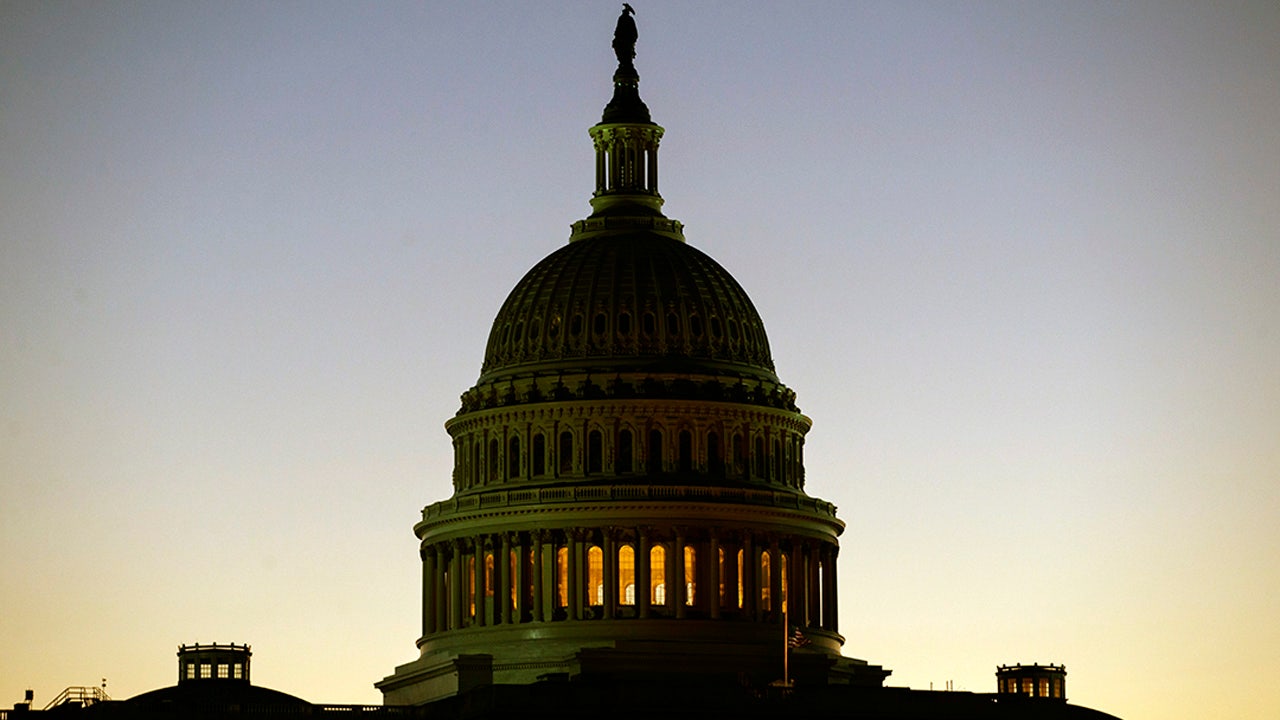
 Politics1 week ago
Politics1 week agoHouse plans Thursday vote on government funding bill to extend spending through November
-

 Business1 week ago
Business1 week agoDisney, Universal and Warner Bros. Discovery sue Chinese AI firm as Hollywood's copyright battles spread
-

 Health1 week ago
Health1 week agoWho Makes Vaccine Policy Decisions in RFK Jr.’s Health Department?
-

 Finance3 days ago
Finance3 days agoReimagining Finance: Derek Kudsee on Coda’s AI-Powered Future
-

 Lifestyle1 week ago
Lifestyle1 week agoBobbi Brown doesn’t listen to men in suits about makeup : Wild Card with Rachel Martin
